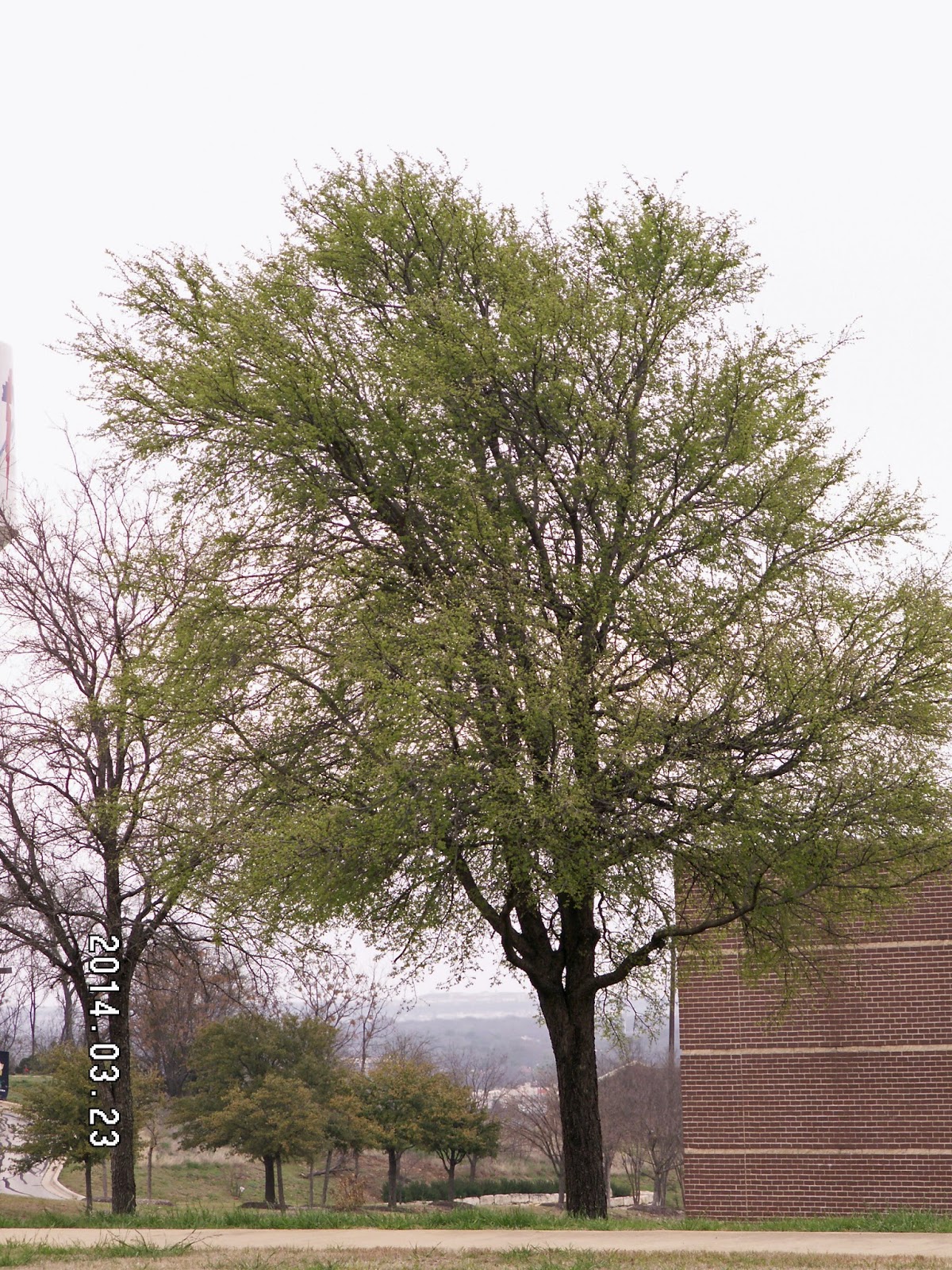In October of 1961 we "moved to town" permanently leaving farm and slop buckets. Momma and Daddy bought a new brick home with running water, indoor plumbing and attached garages. No more dogs nor hogs for the scraps. All those scraps began to be dumped in the garbage cans. There were no plastic bags to line the garbage cans in 1961. That industry had not been developed yet. Daddy would carry the trash to the landfill on the way to taking me to school in McKinney.
 Fast forward a few years. A young married moving into a brand new apartment. A built in dishwasher is complimented with an InSinkErator garbage disposal. We faithfully ground our scraps and washed them down the sink. Fast, easy with no nasty orders. As we developed our plans for our first home, a built in dishwasher and InSinkErator were part of the package. We were prepared to live happily ever after washing the food waste out of sight.
Fast forward a few years. A young married moving into a brand new apartment. A built in dishwasher is complimented with an InSinkErator garbage disposal. We faithfully ground our scraps and washed them down the sink. Fast, easy with no nasty orders. As we developed our plans for our first home, a built in dishwasher and InSinkErator were part of the package. We were prepared to live happily ever after washing the food waste out of sight.Our new home was in the country with water system access. That was new, again in those days, water systems out in the country. No wells, no water hauling, just a hook up fee. There were no such things for sewer systems. Septic tanks were the only answer. Two separate tanks, one for bathroom sewage, one for kitchen and laundry sewage. To keep the little microbes that eat all the sewage into just water one must not put too much soap and bleach into a system. I did not know this. I learned it after we had a sewage backup. Two words, Ridex and compost.
This was the early 1970's. The impact of Rachel Carson's Silent Spring was taking hold. Mother Earth News was started. Back to earth living was being rediscovered by hippies in communes. We had a brick home with 2 1/2 baths, 1.9 acres of land but were still farm kids with a little hippie mixed in for good measure. The garden area needed a place to put clippings and other waste so composting came into my life. We have had compost piles ever since that time. We never were just real perfect with it but it sure kept the stuff out of the landfills and water systems. We, also, kept a 'piggy' at hand for all compostable scraps. The last compost pile would yield 5 or 6 wheelbarrows of soil every year or so. Even neighbors would bring scraps to our compost stalls.
 |
| Compost stall at last home in Missouri |
Now we are back to life in an apartment. No place for a compost pile. The apartments do not have recycling so we are doing it on our own. We live a couple of miles from the city's drop off center for all our recycling needs. Well, except the sacks that we seem unable to avoid no matter how hard we try. Several stores have drop off bins for the sacks so they can reappear as carpet or a shopping bag.
 |
| Bedding awaiting worms. |
For the first couple of months we did not do much to attempt to recycle much more than the packing boxes. At Ikea we have found compact buckets that fit in the available spaces for plastics, cans and paper. Hubby made a recycle run just this morning.
While he was gone I began to assemble our compact answer for composting, a worm farm bin.
 |
| Adding damp paper to maintain moisture. |
This is something new that we have never tried. We will see how it goes. But at least we will feel we are staying true to our desire to compost as long as possible.
 |
| Cover with lid. |
 |
| Extra bins stored on top. |
 |
| Awaiting a trip to the worm farm. |
I have a long way to go to be living a 'green' lifestyle. But here is one more little step. Now just don't you get shook when I announce, "I have worms".


.JPG)






.JPG)


.JPG)



























